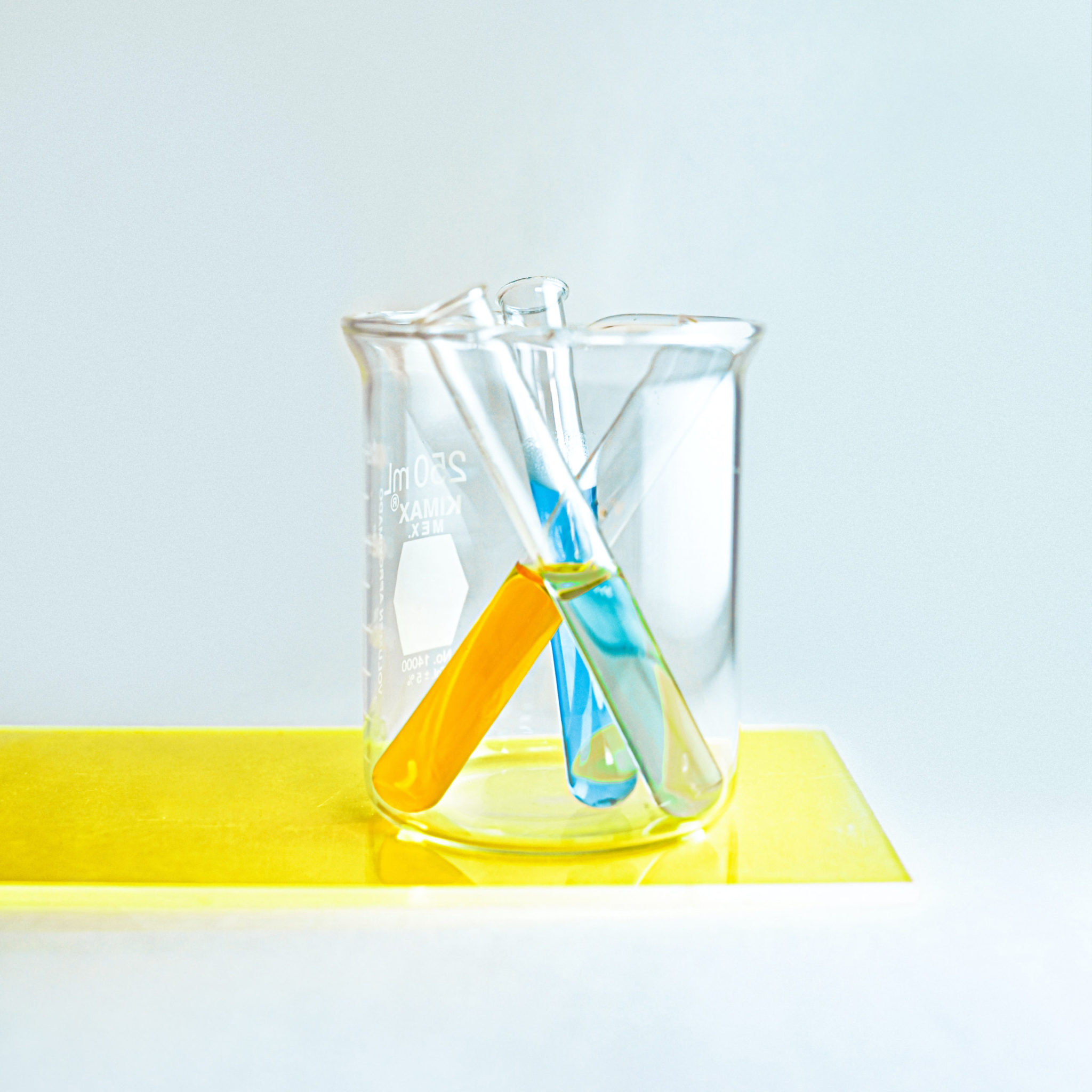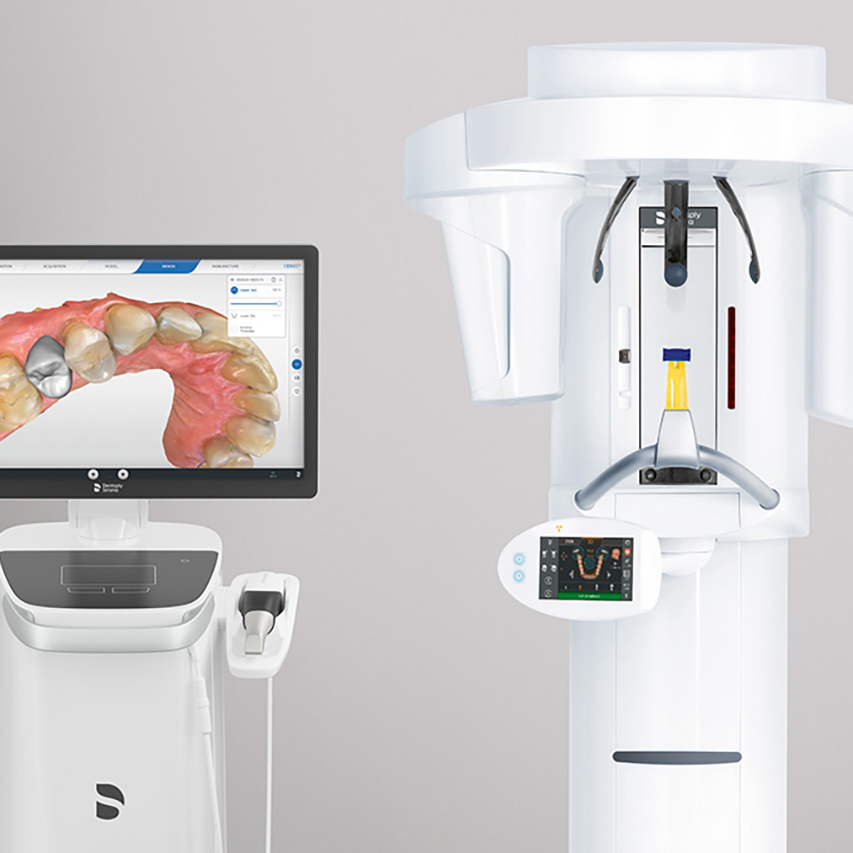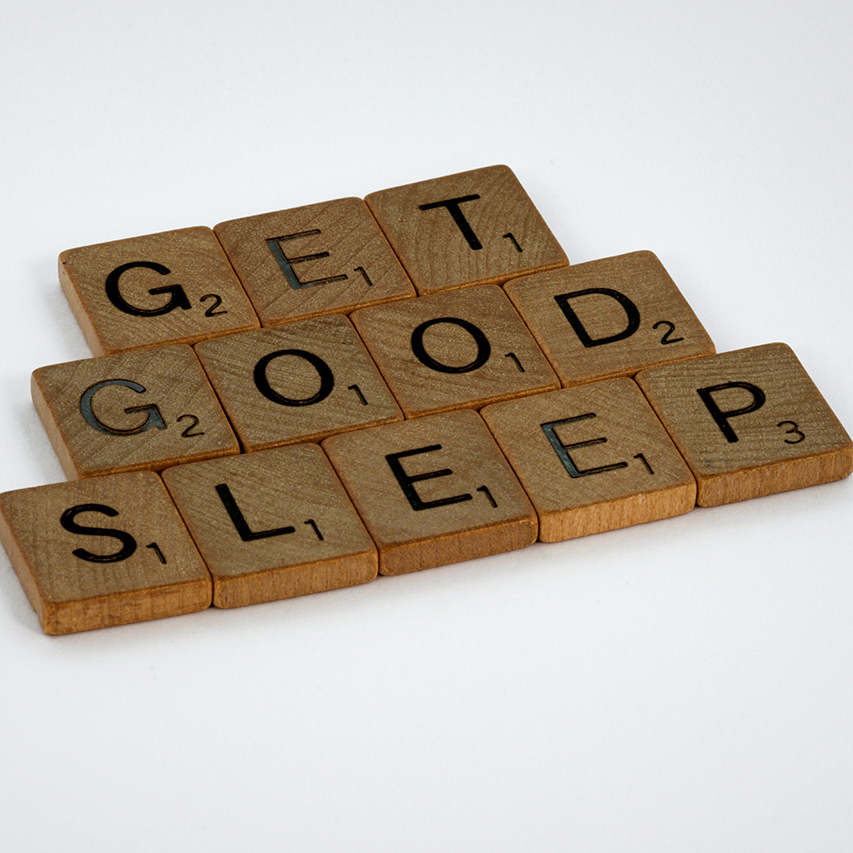Blog

A Brief History of Biological Dentistry
Biological dentistry is a novel approach to current “conventional” dentistry. This approach fosters your overall health and wellness, rather than treating the symptoms of a disease. The history of biological dentistry really diverges from traditional dentistry in the 1970s. Biological and holistic dental offices have been popping up around the

How To Test For Mercury Poisoning From Fillings
Mercury is a type of toxic heavy metal that exists in different forms in the environment (elemental, organic, and inorganic). Mercury poisoning refers to toxicity from mercury consumption. The small amounts of mercury consumption from dental fillings don’t always cause detrimental health effects. However, if you’ve been exposed to high

6 Common CPAP Machine Side Effects & Prevention
A continuous positive airway pressure (CPAP) machine is a device that delivers consistent airflow pressure through a hose and mask attached to your face. A CPAP forces your airway to remain open while you’re asleep. CPAP therapy is a common treatment for obstructive sleep apnea (OSA) in both adults and

Sirona Cone Beam CT Benefits & Comparison
The Sirona cone beam system is quickly becoming the gold standard in digital imaging for dental practices. Its high resolution results, ease of use, and connection to preventative dentistry make it the preferred technology for many dentists seeking more efficient, accurate scans. As with traditional CT systems and dental x-rays,

Sleep Apnea Treatments That Work
Sleep apnea is a breathing disorder that leads to serious impacts on overall health if left untreated. Finding the right sleep apnea treatment is an important component of keeping yourself healthy. What are the benefits of treating sleep apnea? The benefits of treating sleep apnea are improved sleep quality and

Sleep Apnea Symptoms: 3 Types & What To Look For
Sleep apnea is a sleep disorder where patients repeatedly stop breathing for short periods, usually 10 to 30 seconds. During these apneic episodes, the patient’s blood oxygen levels plummet, and the body and brain don’t get the oxygen they need to keep functioning. Sleep apnea symptoms vary from patient to
Longevity Hacks
Come See Our Difference For Yourself.
I understand the information disclosed in this form may be subject to re-disclosure and may no longer be protected by HIPAA privacy regulations and the HITECH Act.


